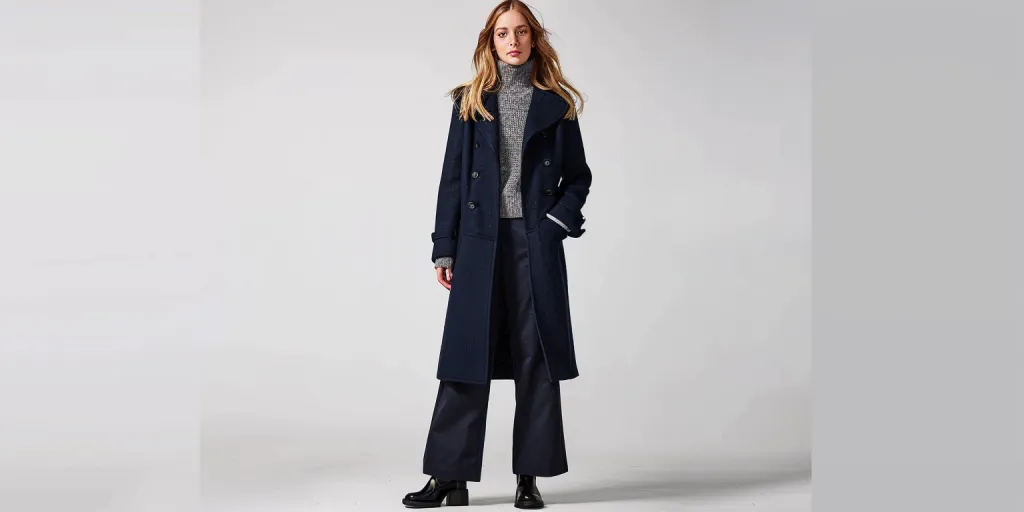As the seasons change, so does the need for the perfect outer layer. Women’s coats are not just about staying warm; they’re a statement of style, a layer of comfort, and a necessity in the wardrobe. Finding the right coat involves understanding materials, styles, and the needs of the wearer. This guide breaks down the essentials of women’s coats, covering what you need to know to make an informed choice.
Table of Contents:
– Understanding the different styles of women’s coats
– The importance of material in choosing the right coat
– Seasonal considerations for your coat selection
– How to match your coat with your wardrobe
– Care and maintenance tips for longevity
Understanding the different styles of women’s coats
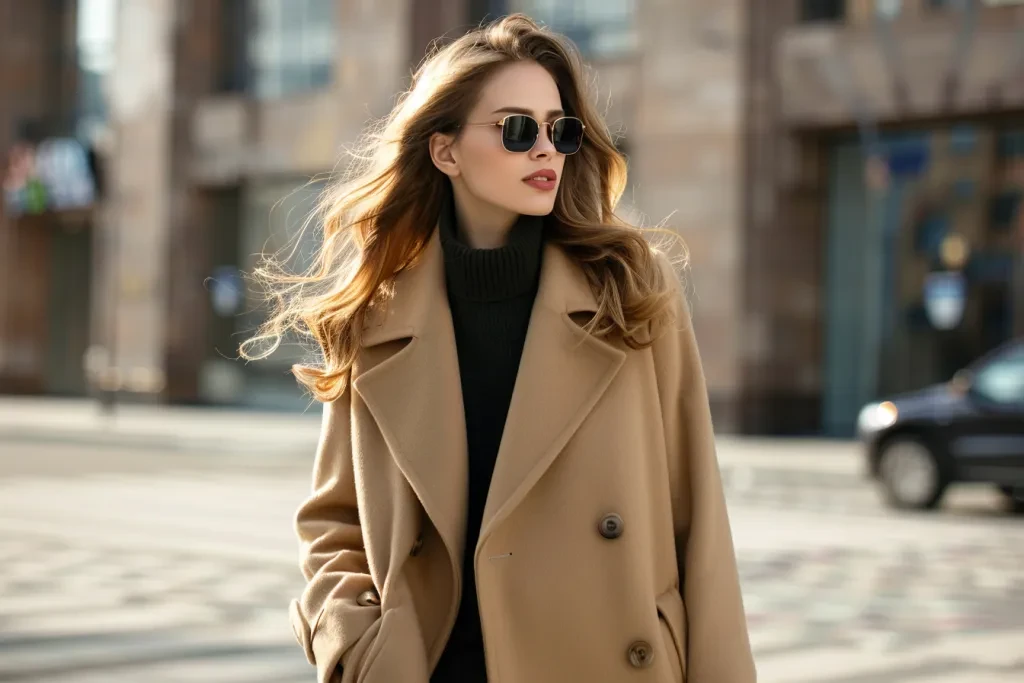
Women’s coats come in a variety of styles, each serving different purposes and suiting different tastes. Trench coats, for instance, offer a timeless look that’s perfect for transitional weather, providing both elegance and functionality. On the other hand, parkas are ideal for colder climates, offering warmth with their insulated lining and hood. Peacoats, with their naval origins, bring a classic aesthetic that pairs well with both casual and formal attire. Understanding these styles helps in making a choice that aligns with personal style and practical needs.
The importance of material in choosing the right coat

The material of a coat not only dictates its warmth and comfort but also its durability and ease of care. Wool coats are renowned for their warmth and classic appearance, making them a staple for colder months. However, they require more care than synthetic materials. Synthetic fibers, such as polyester, offer water resistance and are easier to maintain, making them a good choice for rainy climates. For those looking for sustainable options, eco-friendly materials are becoming increasingly available, offering warmth and style without compromising on environmental values.
Seasonal considerations for your coat selection
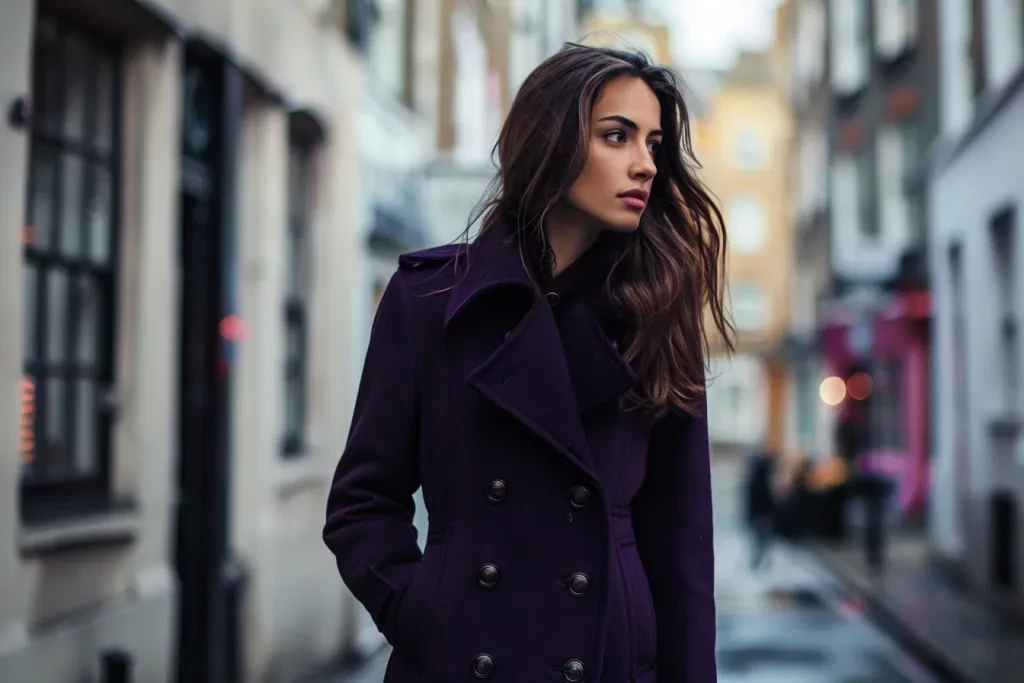
Selecting a coat isn’t just about style; it’s also about considering the season and its demands. For autumn, a lightweight trench or a denim jacket can provide the necessary warmth without being overly heavy. Winter, however, calls for something more substantial, like a down jacket or a wool coat, to combat the cold. Spring coats should be versatile, capable of handling rain and fluctuating temperatures. Understanding these seasonal needs ensures that you’re prepared, no matter the weather.
How to match your coat with your wardrobe
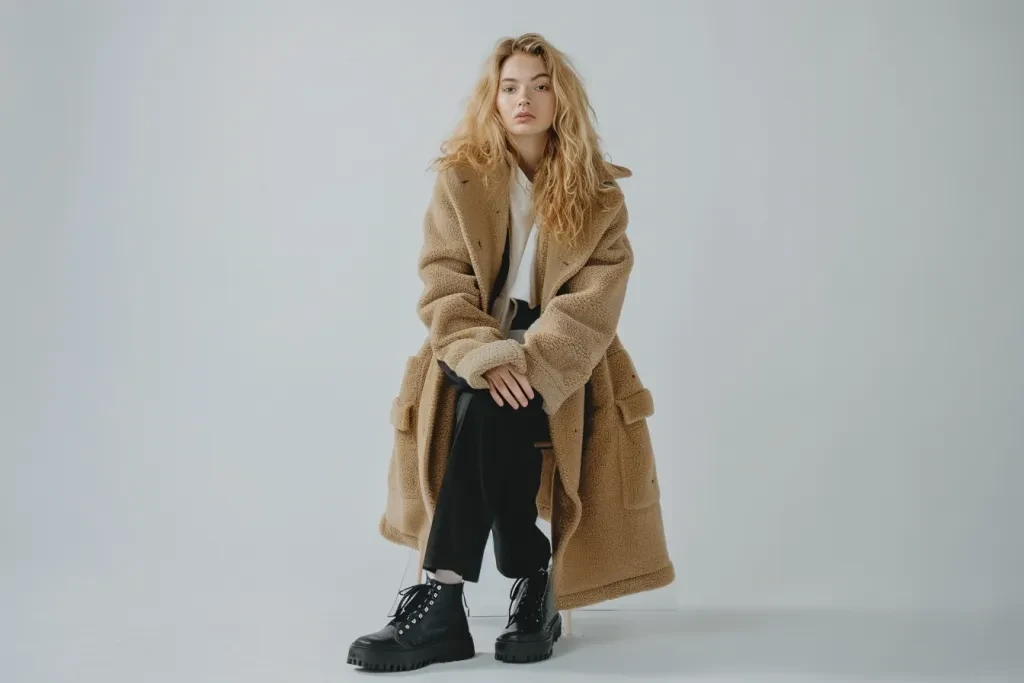
A coat can be a significant investment, and it’s important to choose one that complements your existing wardrobe. Neutral colors like black, navy, and grey offer versatility and can be paired with almost any outfit. However, adding a coat in a bold color or pattern can elevate a simple look and add a touch of personality. Consider the silhouette of your coat and how it will layer over your typical outfits. A well-chosen coat should enhance your style, not compete with it.
Care and maintenance tips for longevity
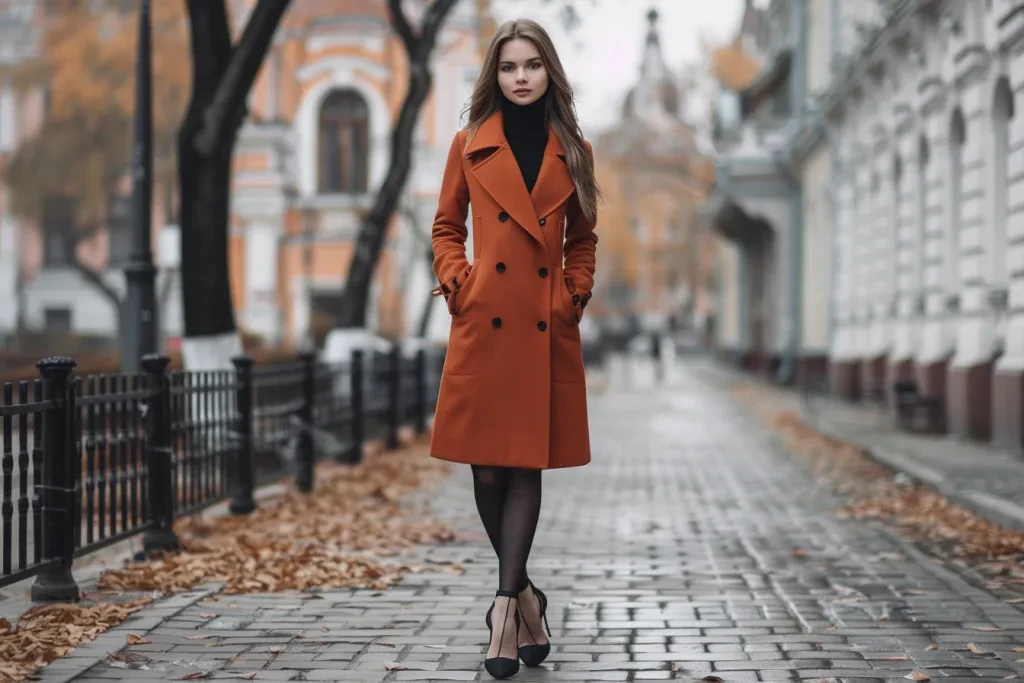
To ensure your coat lasts through many seasons, proper care and maintenance are essential. Always follow the care label instructions, as different materials require different treatments. Regular brushing can keep wool coats looking fresh, while waterproofing sprays can extend the life of synthetic coats. Storing coats properly during the off-season, using padded hangers and breathable garment bags, will prevent damage and keep them ready for the next wear.
Conclusion
Choosing the right women’s coat involves a blend of style, material, and practical considerations. By understanding the different styles, selecting the right material, considering the demands of each season, matching your coat to your wardrobe, and caring for it properly, you can ensure that your coat is not just a purchase but an investment. A well-chosen coat is more than just a part of your wardrobe; it’s a companion through the seasons, offering warmth, comfort, and a touch of personal style.
